Ray,
Sorry I can't help, but what you are seeking is a steel body - no more cracks :wink2:
Cheers
Chris
I have a spare pump & one on a high mileage wreck. Do the steel body pumps look any different visually?

Ray,
Sorry I can't help, but what you are seeking is a steel body - no more cracks :wink2:
Cheers
Chris
I have a spare pump & one on a high mileage wreck. Do the steel body pumps look any different visually?
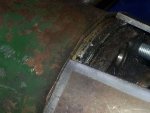 and before the inside face of the mounting plate.
and before the inside face of the mounting plate.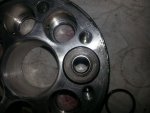
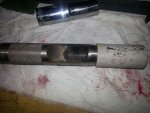
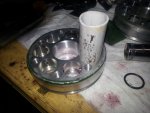
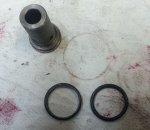
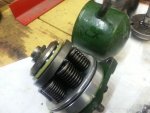
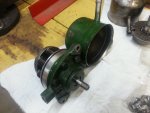
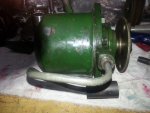
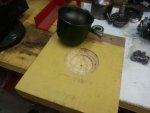
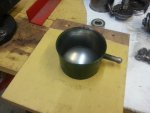
There is a D Special at Narooma that successfully uses a BX pump (not 16v). Gets up quick too. No pics sorry.
The BX pump must be from an 8v as the 16v rotate opposite direction like a 12v V6 XM.
You have three options to repair this item for a long life
1. have an aircraft welder do the cracks. One of the best is located in Williamstown Victoria.
2. Use a two part aluminium based epoxy
3. Machine bore oversize and fit stainless sleeves and machine finish of bore and use epoxy on cracks and heat shrink sleeves into place.